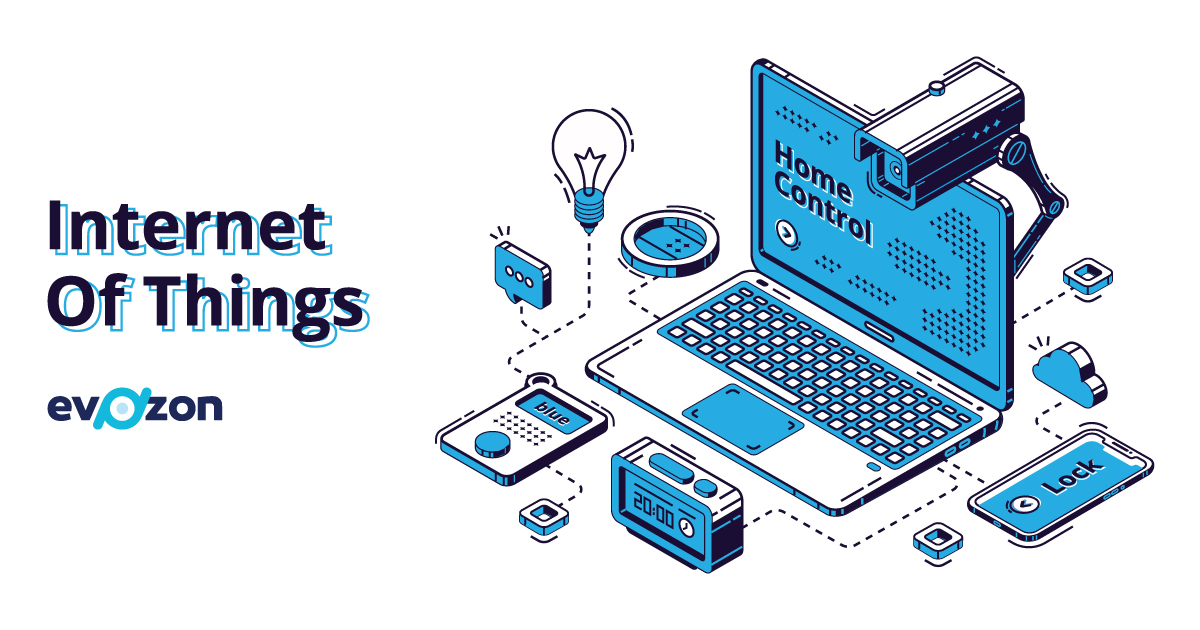Up until recently, the internet was about helping individuals connect. What if objects were able to do this as well? The Internet of Things, also known as IoT, allows physical objects to connect and share relevant data. Ultimately, their connectivity comes in handy to us. Imagine if your alarm clock could tell your coffee pot when you’ve stopped pressing the snooze button and decided to wake up. Your coffee would be waiting for you in the kitchen, ready to be savored. You’d save a couple of minutes in the morning and you’d switch from being barely awake to ready-for-a-new-day much faster.
For this to happen, objects have to be “smart”.
How can objects become “smart”
Nowadays, any object can upgrade to being “smart”. As the internet is no longer just about computers, tablets, laptops, or phones, the list of devices that can become internet-connected is limitless. Thus, to become “smart”, an object has to:
- support internet connectivity,
- connect to other devices via the internet,
- allow users to remotely use their features.
For example, Mobility-as-a-Service (MaaS) platforms work closely with smart devices and IoT tech. Vehicles are turned into smart devices, as platforms can see their mileage, fuel level, or battery level. Vehicles can send warning notifications to fleet managers, they can track a driver’s driving behavior, or they can report an issue. It increases efficiency, decreases task redundancy, provides an opportunity for more accurate planning and better organizing, and many more. If you’re interested in the benefits of MaaS, check out this article.
How can you explain IoT to a 5-year-old?
You’re in a room filled with toys eagerly waiting for you to play with them. Today you want to go Western, but you can’t find your horse companion to your cowboy toy. Since they can communicate with each other, the cowboy lets the horse know it’s playtime. Thus, if you grab the cowboy, the horse will come out from its hideout. Much like in Toy Story, but with Andy and the rest of the world knowing that toys can communicate with each other.
A final idea on IoT
Keep an eye on IoT, as experts say its future has limitless potential. The number of internet-connected devices will keep on growing and there are already several trends that confirm this forecast. In 2017, Microsoft launched IoT Central, an IoT solution that helps enterprises work with their own IoT solutions faster and easier — An IoT-as-a-Service, as defined by TechCrunch. Besides Microsoft, many other industry leaders are investing in IoT. If this subject is still a bit unclear right now, check out IBM’s 3-minute video on the Internet of Things.




